This is the last part of my “review” of the M Monochrom. These are my previous articles on this camera (with many example images):
Leica M Monochrom – a real life review, part one.
Leica M Monochrom – a real life review, part two.
Leica M Monochrom – performing recovery on my exposure mistakes.
Leica M Monochrom – color filters.
Leica M Monochrom – Flickr set of all published photographs from the Monochrom.
I have been interested in photography for about eight years now, and for the last three years I have been very fascinated by black and white images. Black and white images represent something different from color images to me. It’s a difficult thing to explain, but the fact that black and white images look less real makes them far more interesting. It’s far more easy to put the main subject in focus as well, and I find black and white images more appealing to look at in an artistic sense as they provide more creative freedom for post processing. I also love color images. I’m not one of those guys that are dedicated to only one choice. The right tool for the right job, as they say.
Last year I decided to force myself to learn a lot more about black and white photography, processing, composition and seeing in black and white. So I purchased a Leica M Monochrom camera, a camera that uses a special sensor that only records values of light. The camera is basically colorblind and is only able to see in black and white. What better way to learn than eliminating all other options? I thought it was a good idea, although I was a bit skeptical in the beginning. I was right, though, and the experience of using the M Monochrom for a year was definitely worth it if I take into consideration all the things that I have learned from it.
Technically, the M Monochrom is superb if you look at the files it produces. They are the richest and most flexible files I have ever seen and worked with. There are no color filter arrays on top of the sensor that messes things up. There’s no anti-aliasing filter that smudges fine details either. The high ISO performance is superb. 10000 ISO is actually fully usable for large prints without much noise reduction. The camera itself is also a very simplistic tool that doesn’t have a myriad of useless whiz-bang features that gets in your way. A sensor, a shutter, shutter dial, aperture dial, manual focus and a ISO selection menu plus a self-timer. And that’s about it. The camera itself is so simple in use that it let’s you focus on the images alone. The LCD display on the camera is useless for anything else than checking the exposure and raw histogram, so no worries about chimping!
I used the M Monochrom for about a year, almost exclusively with a 50mm lens attached to it. This is a camera that is so different to everything else that it inspires you to look for other things than what you normally would do. It also inspires you to get out of your door and your comfort zone to make something different. That alone is worth a lot in my book.
After about a year with this camera as my only camera I personally feel that I have reached my goal. I am confident that I can process any image, from any camera, fairly similarly to how I can process the M Monochrom’s files in black and white. And that’s exactly what I wanted to learn from this camera: Develop my own style of processing black and white images. Now that I feel that my goal is reached however, I feel like I don’t need to stick to an all B&W camera like the M Monochrom. Even though I love it for its simplicity, as a photographic tool, it is also very limiting.
Less is more as they say, and that goes for camera gear as well (for me at least). I dont’ want to haul around several cameras and lenses and lot’s of gear. One camera and one lens (or two if I really have to). But I want to be able to record color images again – even though the majority of my work and my focus will still be on black and white images.
So a couple of months ago I decided to sell my M Monochrom so that I could have a all-in-one package. Do I miss it? Yes, definitely. It’s a lovely camera, and holding it in your hands is like holding some sort of jewel. You know this thing is special and you don’t want to let it go.
Do I regret selling it? No I don’t. The reason is simple: The camera thought me and helped me to define my own style of black and white processing. And I can easily replicate that processing on files that have been made by other cameras as well. An important point however: I do not print big. If I was printing big and doing exhibitions I would probably keep the Monochrom, since the files from it is in medium format territory when it comes to quality, especially when paired with top-notch Leica glass.
Will I ever get one again? Possibly, who knows. It will probably be a Monochrom based on a new M platform though I was purchasing a new one. The M9 platform, which the current Monochrom is based on, has its quirks and is starting to show its age. A M Typ 240 based Monochrom might be interesting, but at the same time, would it be worth to have both the M Typ 240 and a Monochrom? I highly doubt that, especially for the type of work and processing that I do. Considering the fact that I don’t need a B&W only camera to see, compose and process B&W’s the way I want it anymore, it’s a though sell for me unless I was printing very, very big, or, if I needed the amazing high ISO performance. None of which I do or need at the moment. I might consider a 2nd hand Monochrom down the road though, as a unique niche camera, when the 2nd hand prices have fallen considerably.
Am I saying that you don’t need a M Monochrom? No, definitely not. If you have one – enjoy it and use it to its full potential. It’s a superb camera, and one of the most unique cameras ever made. It’s already a classic. Only you know if you need it and want it – or not.
If you don’t own one but are considering purchasing it, then think about what makes you want one. Buy it for the right reasons. There are many people who bought the M Monochrom that really weren’t dedicated to black and white imagery, and they quickly sold it, or, was disappointed with the camera. And there were people who bought it because it is the most analog, yet digital, camera currently on the market that only shoots in black and white. You can’t get any closer to shooting film on a digital camera. And then there are people like me, who bought it because of curiosity that wanted to learn from it.
People are different. I personally bought the M Monochrom as a study. And it has been a great mentor for me, that I feel thought me everything I needed to know.
So now it’s time for me to move on.
If you’re considering purchasing a Leica Summilux 50mm f/1.4 ASPH, and you feel that my review helped you make a decision, I would appreciate if you could look at the purchasing options via my Amazon affiliate:
More sample images are posted below. I hope you enjoy some of them.
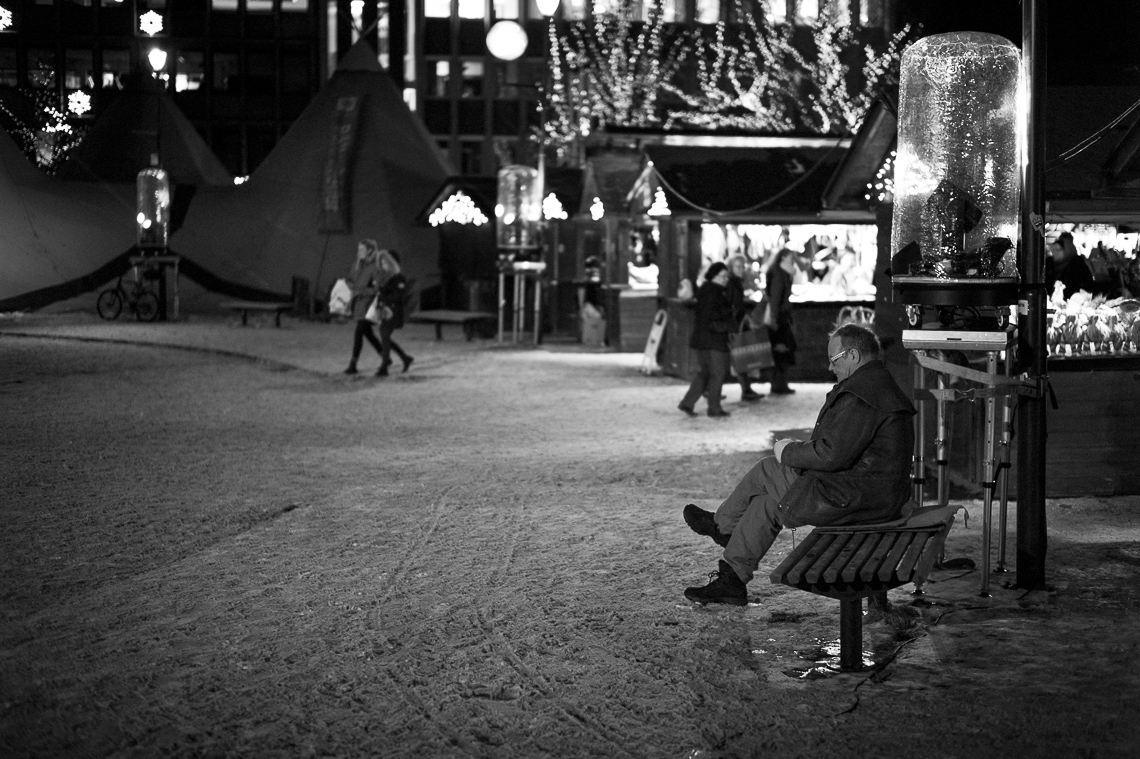
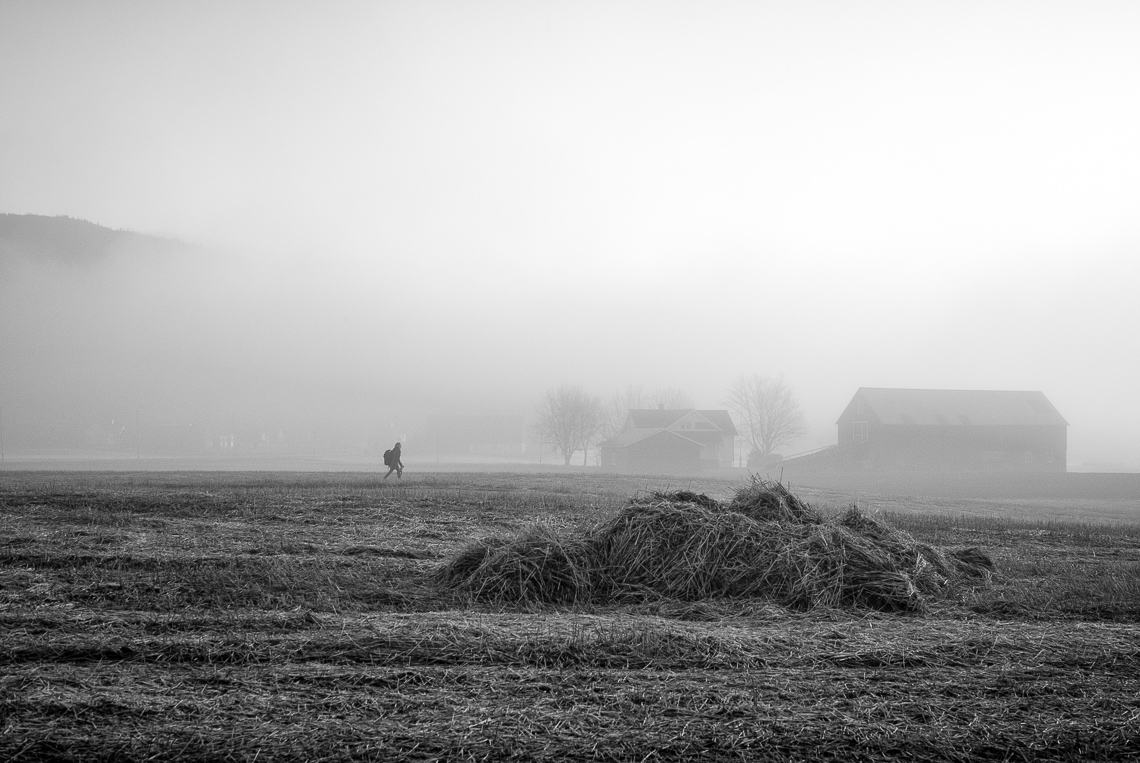

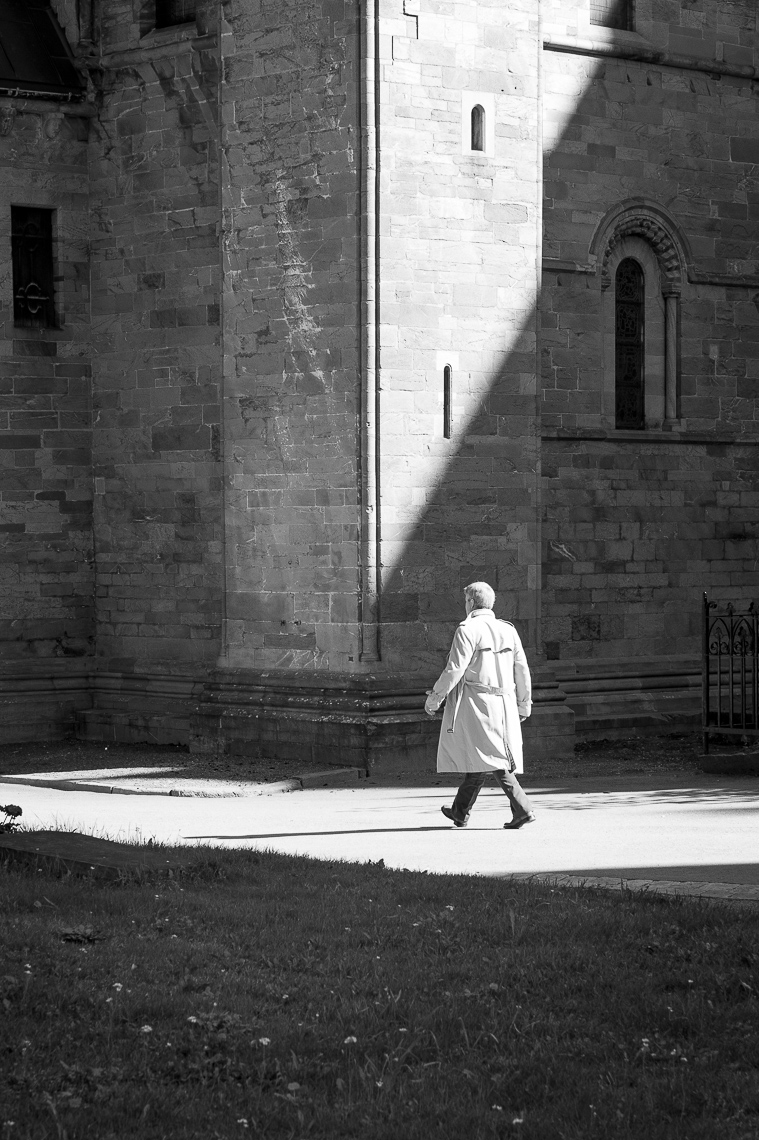
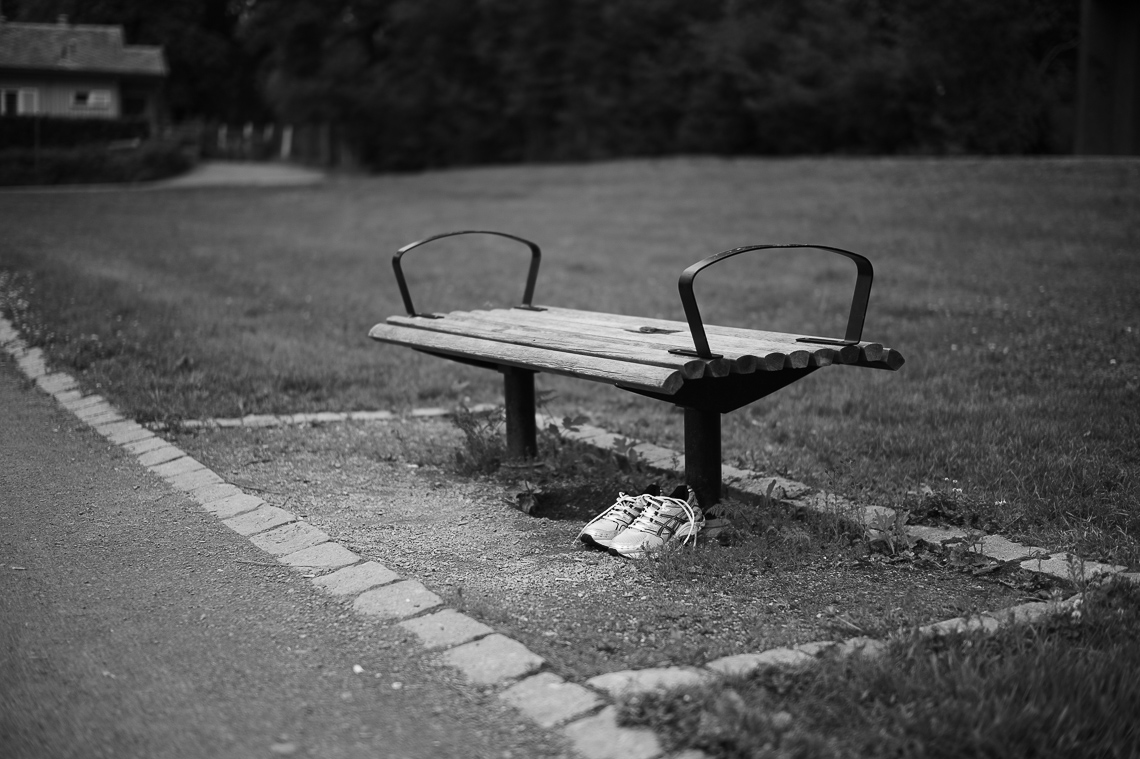
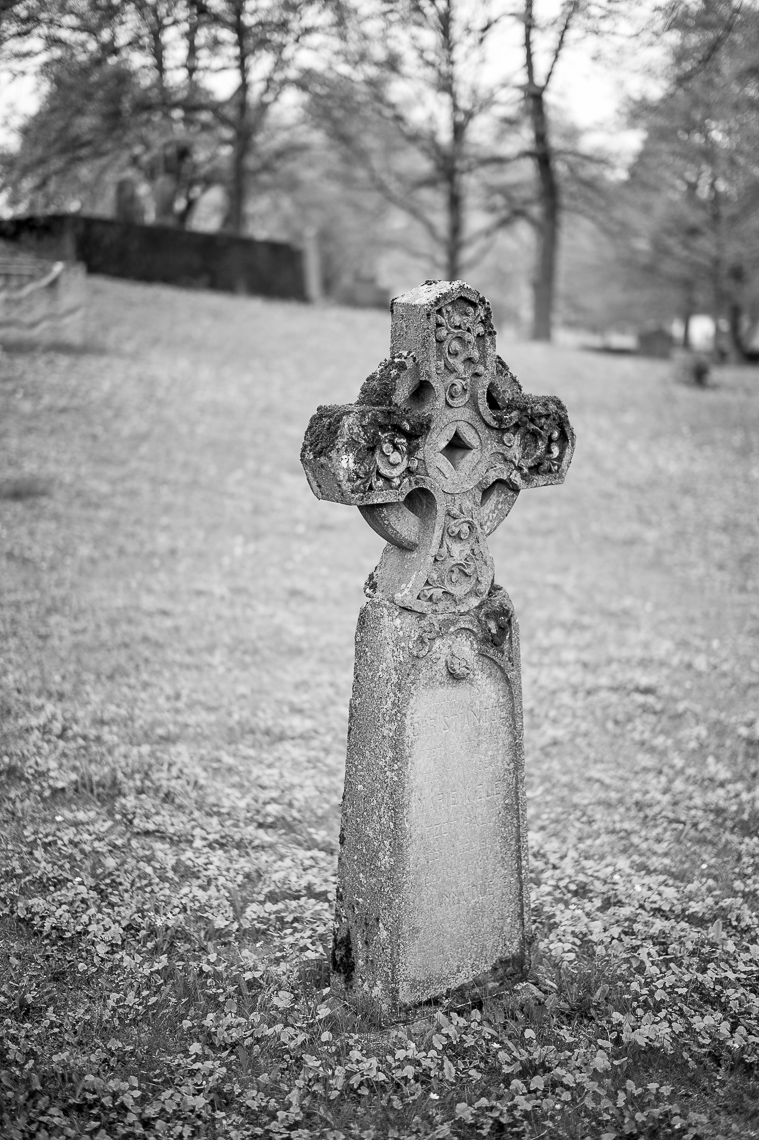
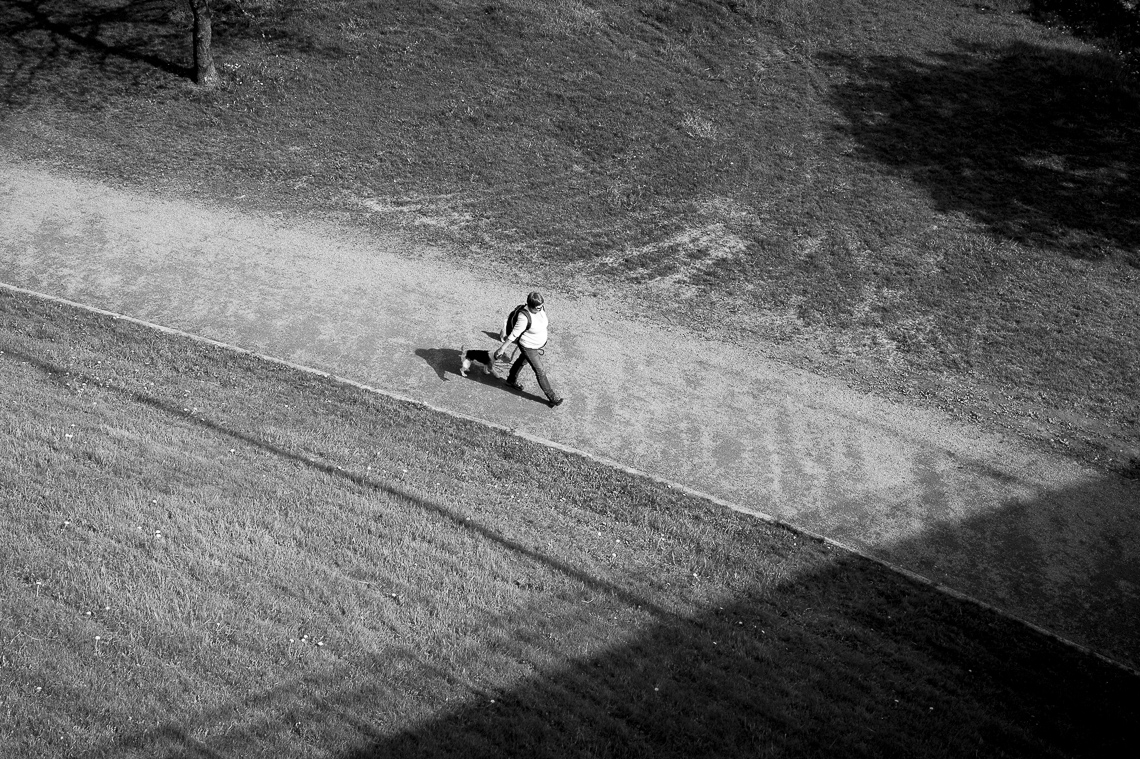
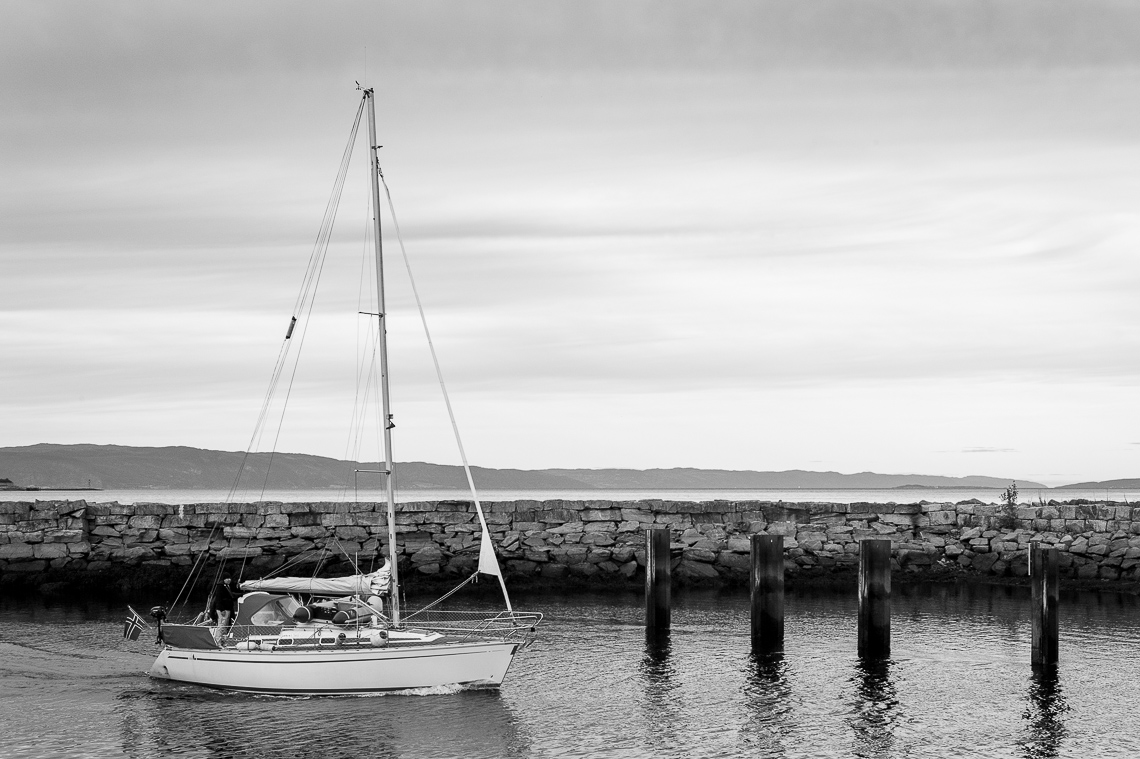
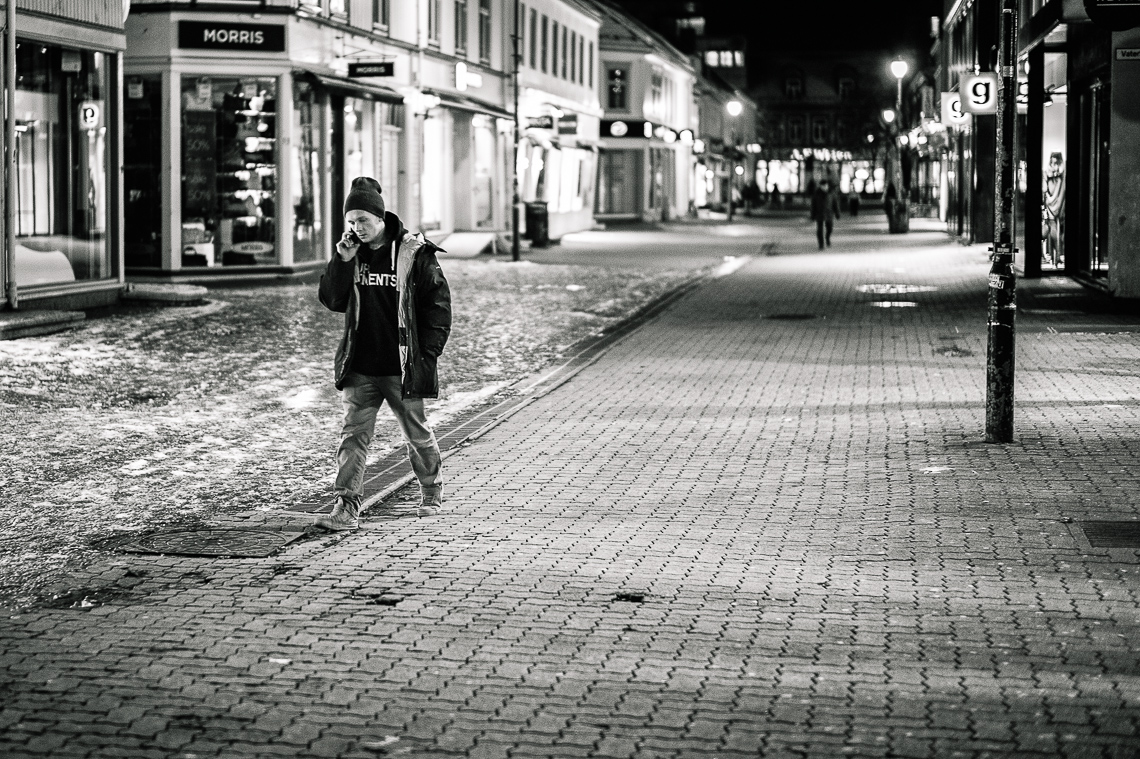

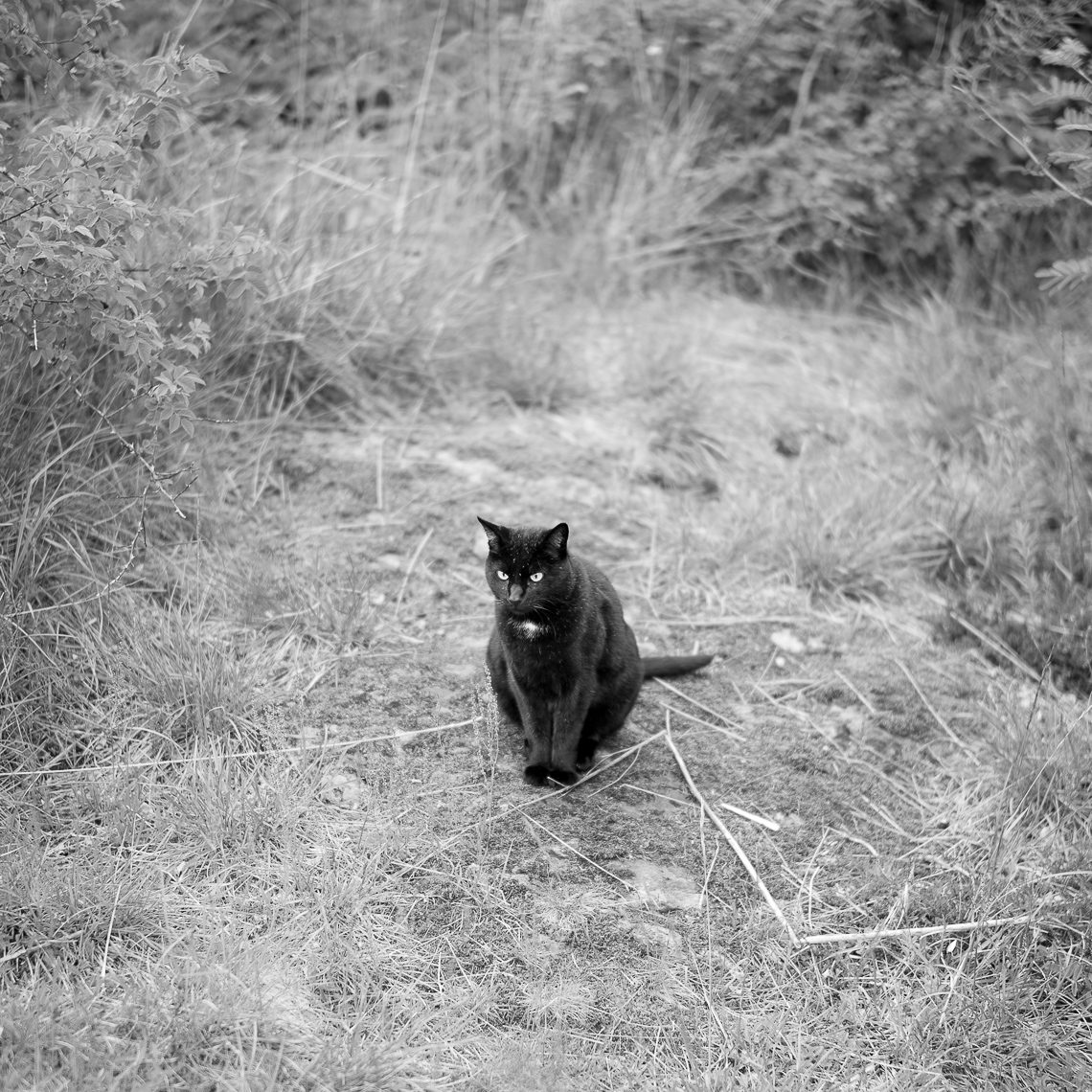
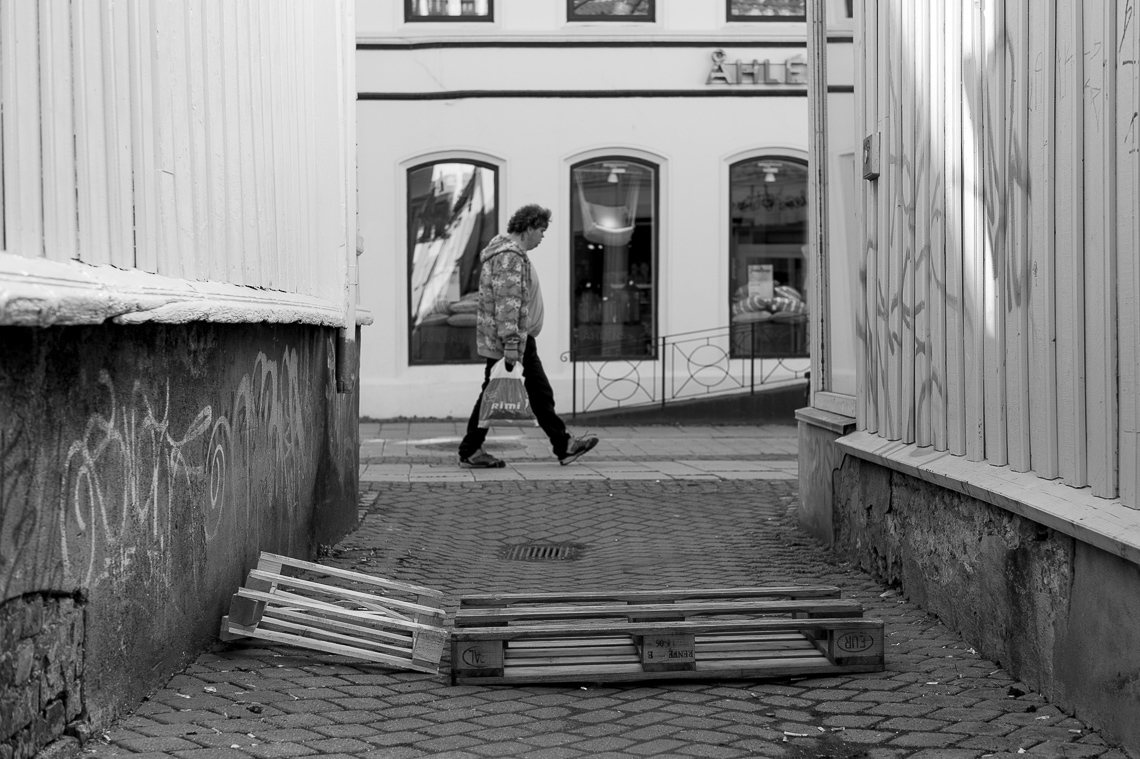
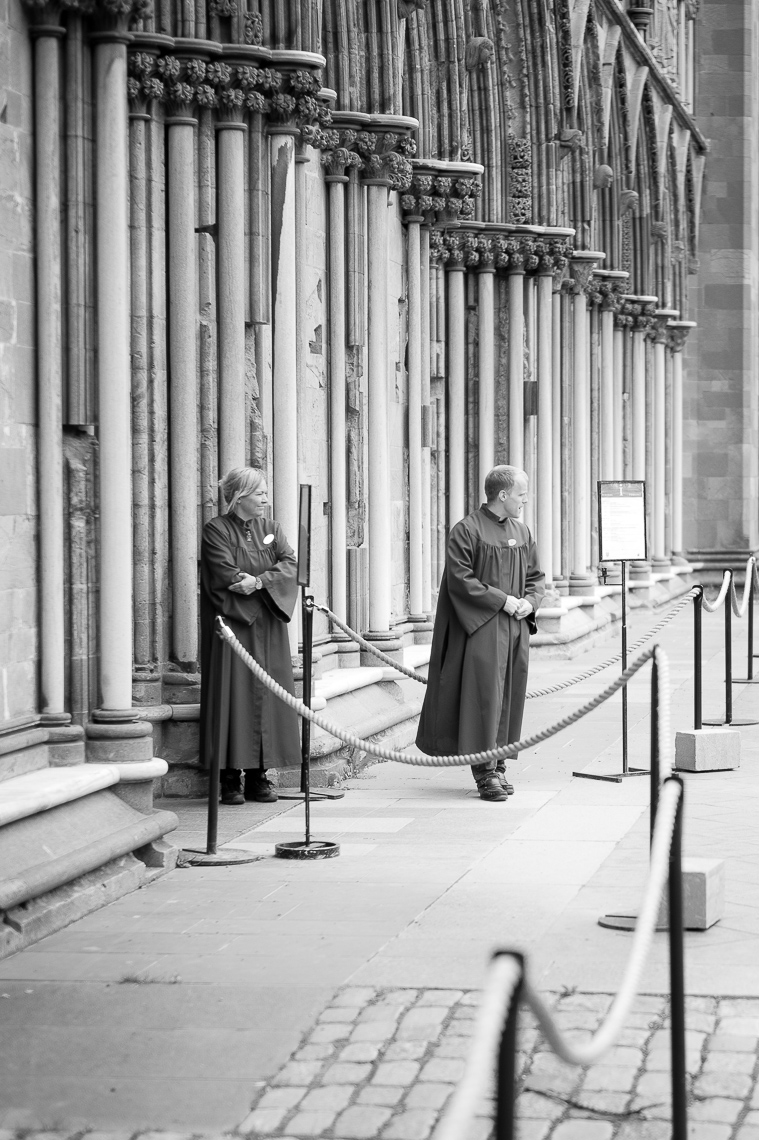

23 Comments
Join the discussion and tell us your opinion.
Beautiful images and very interesting article! Thanks for sharing the knowledge!
Thanks, I’m glad you like the article.
Interesting thoughts. I thought about but resisted the Monochrom because I can’t commit entirely to B&W.
I was very unsure when I purchased it as well, but I’m very glad I did. Thankfully the re-sale value of Leica gear is very good, so over the course of a year I rented the camera very cheaply compared to what I learned from it 🙂
Excellent images…and a very informative article.
Thanks for the write-up, Borge.
There is definitely a reason why you are one of my “Masters”.
I am, however, a little saddened by this: you have produced some excellent, excellent photos with this camera!
All the best,
M.
Thanks for your feedback.
Much appreciated 🙂
I am definitely not a “master”, and probably never will be. But I really like photographing in black and white.
My output will stay much the same – from any camera. The pictures I have posted on my blog are not only produced with this camera, but also with many other different cameras 🙂
This camera helped me define my Black and White style, however.
All the best to you as well!
Great article with a different perspective on the camera. Thanks for your time. I’m debating on buying the MM myself. However, it would require me to sell my M9P and a lens. (Never sell a Leica lens I keep telling myself) Is it worth it if I mainly print up to 11×14 prints on an Epson 3800?
Hi Frank,
Thanks. I’m glad you liked the article.
I can’t give you advice on your situation. I have never used the M9(P) much. My Leica journey started with the MM actually. I didn’t purchase the MM due to technical reasons (although the ISO performance is superb, and I do a lot of low-light shooting), I purchased it mainly to force myself to learn to “see” in black and white, and to develop my black and white processing skills.
It worked for me, but, if your M9P already satisfies you in that regard I would not do it. The M9P handles 11×14 prints perfectly fine I would assume.
The main advantage with the Monochrom as I see it, besides the high ISO performance, is that it forces you to think differently and to look for different things. So it’s more of a mental / subjective thing rather than a technical quality (unless you print huge billboards and need the resolution of the MM). The M9P and MM is basically the exact same camera – except that the MM doesn’t have a color filter array on top of it’s sensor.
Which Leica lens are you considering selling?
Hi Borge,
I’m thinking of selling my 21mm Super-Elmar. A great lens which I seldom have used but love the perspective of the 21mm for certain scenes (mainly sun-star effects in the background), as well as its incredible flare control. Tough decision!
I know 🙂 I just sold a 21mm lens myself. I loved it, but I very rarely used it. I’m more comfortable in the 35-50-75 range. I find that anything wider doesn’t really suit my style.
The 21mm Super-Elmar is supposed to be a superb landscape lens from what I’ve seen!
Enjoy your wonderful B&W photos and thanks for sharing your experience with us.
My pleasure. Thanks for the feedback Ming.
lovely capture…very nice.
Thanks! 🙂
Hi Borge,
Really impressed with your Black & White pictures! I like them very much.
You have sold your MM now and I see you are using a M240 and X-e1. Can you please tell me if you feel that you can make B&W files with these camera’s like you can with the MM. Your thoughts were that you learned so much with the MM during the year that you can process files from other camera’s to your liking. Is this the case after using the new camera’s? Can you make files as great as the ones you have shown here with the non dedicated B&W cams?
My interest is because I now have to make a decision to go for a ME, M240 or maybe a MM.
Thank you,
Roel
Hi Roel
Thanks, I appreciate your feedback 🙂
I have sold the X-E1 as well. It was a stepping stone while I was waiting for the M240. The X-E1 is able to produce some very nice B&W images, but, it is a cropped sensor. I really prefer working in a true 35mm format and don’t have to worry about the DoF and focal length differences. Also, I prefer manual focus.
I bought the MM to learn to process B&W images and to “see in B&W”. As a way to force myself to only be able to capture B&W. And I learned a lot from it. But I feel that I can produce the same types of images with my M240 now. Would I be able to without using the MM and learning all the things I did from using it? Probably not.
I would advice you to get a M240 over an MM. The MM is a superb camera, but compared to the M240 it feels quite dated in use.
Happy New Year and good luck with your choice!
How much post production did you have to do with the Monochrom images? How much do you have to do now with the M240? Anything more than desaturating? Is it necessary to learn Photoshop or Lightroom to get the equivalent b&w images from the M240 as from the Monochrom straight from the camera? I did a quick test at the Leica store shooting with both with a 50 Lux lens, and looking at the images on the screen, there is definitely a quality difference with the Monochrom. As someone who loves b&w I face the same dilemma many other have expressed: which to buy?
Yes, I would also be interested in this answers to these questions. Hope you can take some time and let us know Borge.
Hi Borge
I’ve just stumbled across your blog! Wow….i have just sold my MM after purchasing one for exactly the same reason! Was the only digital camera I had access to for a year. Also purchased it experience using a rangefinder! My journey has finished with the MM (for the time being :-)) and a new stage of the journey entered.
I loved this camera. So simple and gave your mind the space it needed to just focus on image making.
I have done 880 x 700mm prints with mine and it produces great results!
Just moved to film only now for a year with a Mamiya 7 range finder. And yes…..there will be colour.
Lovely photography and I’m going to follow along now.
Cheers
Andy
Hello Andy,
Thanks for your positive feedback 🙂 Much appreciated!
The MM is a fantastic camera. In some ways I regret selling it, but at the same time, I feel that I learned what I needed to learn from it. Although I do sometimes miss the shooting experience that it offers. My mindset becomes different, and what I’m looking is also different. I’m currently considering a Leica M6 loaded with Tri-X or Ilford HP-5 as a substitute for B&W-only pictures. It’s easy to find M6’s in good condition for a good price at the moment. We’ll see.
How are you enjoying the Mamiya 7? I’m curious about that camera.
Best – Borge
I also have some regrets though I think I’ll go back to it one day. That said not in the same sensor format as the 240. I prefer the MM.
I used to own the M6 and now the Zeiss Ikon. M6 like a tank though I had an issue with flaring in the RF viewfinder when shooting. Also loading film annoyed me :-)!
The Ikon is lighter, nice viewfinder though you just have to be aware when using the viewfinder to place your eye not flush with it. You won’t be able to see the focus patch!
I have just got the Mamiya so can’t comment as yet. I’ll forward over my new website when it’s finished and perhaps can keep you posted that way. I’m not a blog style though just one article a month type of journal. Eventually I’ll start put some Mamiya images into this.
All the best with the M6. Go the Ilford….nicer tonal range in my opinion the Tri X!
Andy
Ahaa, itss good discussion about this paragraph at
this place at this blog, I have read all that, soo
att this time me also commenting at this place.